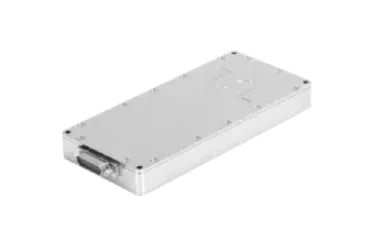Intercomputer communication is vital in today’s technology age. However, essential components such as the Data Link Layer are required for this communication to function properly and to transmit data securely. In this article, we will examine what the Data Link Layer is, why it plays such a critical role and its functions in more detail.
Basic Functions of Data Link Layer:
Creating Data Frames: The Data Link Layer prepares the transmitted data for transmission by converting it to data frames in a special format. These frames facilitate the splitting and transmission of data into pieces.
Addressing: Each network device carries a unique physical address or MAC address. The Data Link Layer recognizes the sender and recipient in communication using these addresses.
Error Control: The Data Link Layer checks the error to maintain the accuracy and integrity of the transmitted data. It detects faulty data frames and corrects them as needed.
Flow Control: Regulates and controls the data flow in the network. It balances the speed differences between devices that send data and receive data, making the network run efficiently.
Conflict Management: In shared networks, trying to send data to multiple devices simultaneously can lead to conflicts. The Data Link Layer detects these conflicts and uses algorithms to resolve them.
The Role of the Data Link Layer:
Data Link Layer is the silent hero of network communication. It regulates data transmission, checks for errors and can be an important component for network security. This layer is indispensable to ensure that data is transmitted securely and quickly in today’s technology-filled world.
Data Link Layer is the basic carrier of computer networks and firewall. It regulates data transmission, checks for errors and provides network security measures. This layer plays a key role in ensuring that communication takes place smoothly and safely in today’s connected world.



